We’d like to welcome Dr. Angela Rowe as our guest blogger. Dr. Rowe is currently a postdoctoral scholar (“postdoc”) at the University of Washington. While living in the Pacific Northwest of the United States, she enjoys taking her science training outdoors as she explores the local landscape. She recently hiked Mt. Rainier in Washington State, USA and wanted to share her experience.
While sitting on the shores of Lake Washington on a sunny summer Seattle day, it’s difficult to miss the snowy tops of Mt. Rainier, which reaches 4.39 km above sea level. Since it’s nearly 2.5 km above the highest peaks of the adjacent Cascade Mountains, this volcano is greatly impacted by the storms that come in from the Pacific Ocean and is typically covered with snow well into the late summer.
View of Mt. Rainier from Lake Washington in Seattle, Summer 2013.
Paradise, an area located at roughly 1580 meters on the south slope of Mt. Rainier, is one of the snowiest places in the United States, receiving roughly 1600 cm of snow during an average winter. During the winter of 1971-72, it reached a record seasonal snowfall of 2850 cm – over 28 METERS of snow! With that kind of snowfall, it’s no surprise that glaciers cover over 90 square kilometers (km2) of the mountain. According to the National Parks Service, Mt. Rainier’s Emmons Glacier has the largest surface area (11.1 km2). On a recent trip to Paradise (that’s so nice to say, isn’t it?), I was able to see a stunning view of the Nisqually Glacier, although the top thousand meters of Mt. Rainier was lost in the clouds.
View of Nisqually Glacier on the south side of Rainier from Paradise. Summer 2013.
Clouds are the norm at these high elevations, and although I didn’t see the top of the mountain on that day, I was lucky enough to be at an elevation at Paradise where I was in between the altostratus cloud layer that was hiding Rainier’s peak and the stratus deck below that was encompassing the lower elevations of the park. The tops of nearby mountain peaks of the Tatoosh Range peered through this lower cloud layer, and I must admit that this was one of the most breathtaking views I have ever seen.
View of the Tatoosh Range peeking through the clouds from Paradise. Summer 2013.
Descending down the range, into the foggy, moist world of the park, it was clear how diverse the environment is along the slopes of this mountain due to the varying climate over a large range of elevations. Mt. Rainier National Park is 953.5 km2, 97% of which is designated wilderness, and contains both old growth forests and subalpine meadows. These rich, diverse landscapes house a variety of birds, mammals, amphibians, fish, and reptiles. During one visit, I encountered a northwest garter snake (Thamnophis ordinoides), salamanders (Order Caudata), slugs (terrestrial gastropods), a snowshoe hair (Lepus americanus), mule deer (Odocoileus hemionus), a ruffed grouse (Bonasa umbellus), and a surprisingly tame red-legged frog.
Photo of Rana Aurora (northern red-legged frog) near a stream. Summer 2013.
These moist forests are also home to a wide variety of fungus, from the fascinating corals to the common conks on old trees, and approximately 900 plant species, including colorful wildflowers. During a visit to the north side of the mountain, I even encountered the rare fairy slipper orchid (Calpyso bulbosa), appearing early in the summer after the snow melted at the lower elevations. What a beautiful sight!
A large conk grows on a tree trunk on the northern slopes of Mt. Rainier
The fairy slipper orchid (Calpyso bulbosa) growing near a river on the north side of Mt. Rainier.
When exploring the forests and snowfields of this mountain, it’s easy to forget that I’m standing on a volcano. The last eruption was estimated between 1820 and 1894 and geologists consider this mountain to be “episodically active”, meaning it will erupt again in the future. Since that last eruption, loss of glaciers has been over 20%, as the changing climate continues to influence precipitation patterns and temperature. Changes in the water cycle also affect tree growth and wildlife; a recent Mt Rainier National Park Climate workshop (March 2011), in addition to discussing these overall changes, also described a severe decline in amphibians overall in the western U.S., among other regions. While the direct cause and effects are still being sorted out, one thing that is clear is that the diverse environment of Mt. Rainier is changing. Although I’m aware of the risks of standing on an active volcano, it’s worth it to me to witness the frogs, mushrooms, old growth forests, glaciers and incredible clouds in this moment of time.
Suggested activity: Mt. Rainier isn’t the only such place to have such diverse biomes in a small area. Mt. Kilimanjaro is another place. GLOBE Students and Teachers have traveled up and down Kili and performed GLOBE protocols along the way. You can read about their most recent experience here on the GLOBE Scientists’ Blog, as well as on the Xpedition’s pages.
Are you interested in clouds like the altostratus that Dr. Rowe observed? If so, visit the GLOBE Program’s Atmosphere investigation, where you’ll find learning activities and data collection protocols, as well as the GLOBE Cloud Chart to help you in identifying clouds.

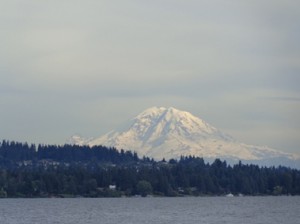
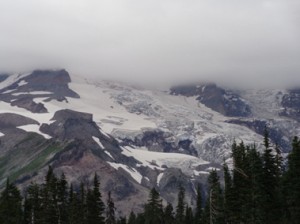
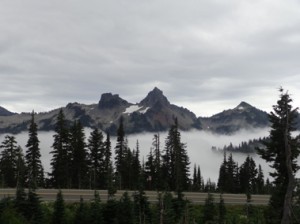
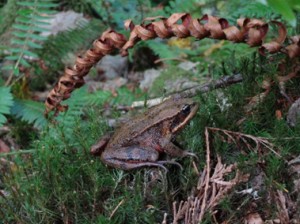
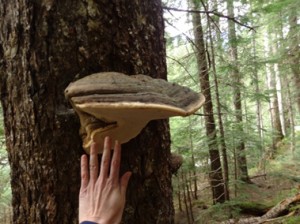
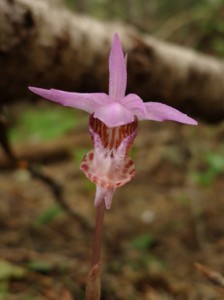
i like it, very nice
Nature is great. I love it
I’ll definitely join this program. I like lying back and watching clouds all day